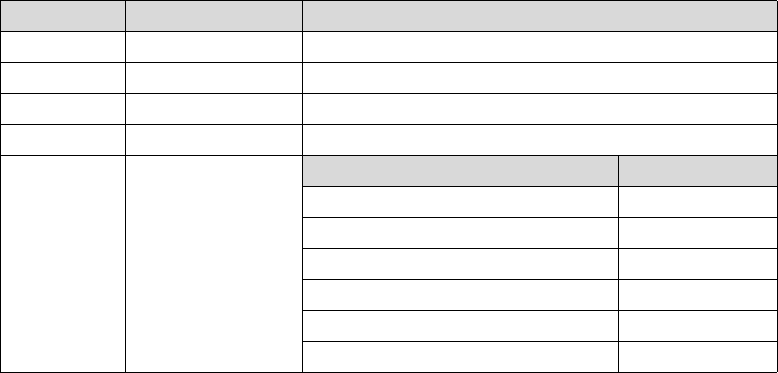
148
Basics
●
Reference for Japanese verb form
" 一段動詞 " is a verb whose stem ends in [i] or [e], and " ない " is added in negative form.
●
Plural form number table
●
Japanese negative form
Check or select the negative form of the Japanese word to be added.
ATLAS displays a likely negative form based on the form entered in the [Japanese (Verb)] entry
box. If ATLAS has failed to select the correct negative form, several options are displayed from
which you can select the appropriate one.
If you enter "
かえる
" in the [Japanese (Verb)] entry box, for example, two negative forms, "
か
えない
" and "
かえらない
," are displayed. Select the one you prefer. (In this case, "
かえらな
い
" is displayed in the [Japanese (Negative Form)] entry box by default. To specify another
option, select it from the list box.) If the displayed [Japanese (Negative Form)] is wrong, check
that the [Japanese (Verb)] box has been entered correctly.
Ex.
着る/着ない " 一段動詞 " (a stem " 着 " + " ない " in negative form)
増える/増えない " 一段動詞 " (a stem " 増え " + " ない " in negative form)
切る/切ら ない
Not " 一段動詞 " (a stem " 切 " + " らない" in negative form)
Plural form Meaning Examples
6 Singular and Plural sheep, deer, salmon
7 Uncountable news, information, coffee, New York, Kato
8 Plural people, police
9
[* 1]
Irregular Noun
man, book of account
[* 2]
0 Regular noun End Plural form
- ch, - sh, - do, - go, - s, - x, - z + es
- y (excluding the following) - y +ies
- ay, - ey, -iy, - oy, - uy + s
- f - f +ves
- f e - fe + ves
None of the above + s
*1: For EJ, a noun cannot be specified as an irregular noun. When adding an irregular noun, add
the singular form as an uncountable noun ("7") and the plural form as a plural noun ("8")
respectively.
Ex. おまわり さ ん policeman 7 13
おまわり さ ん policemen 8 13
*2: For a compound noun in which a word other than the last changes its form, specify it as an
"Irregular noun." In the above case, for example, specify "books of account" as the plural
form.


















